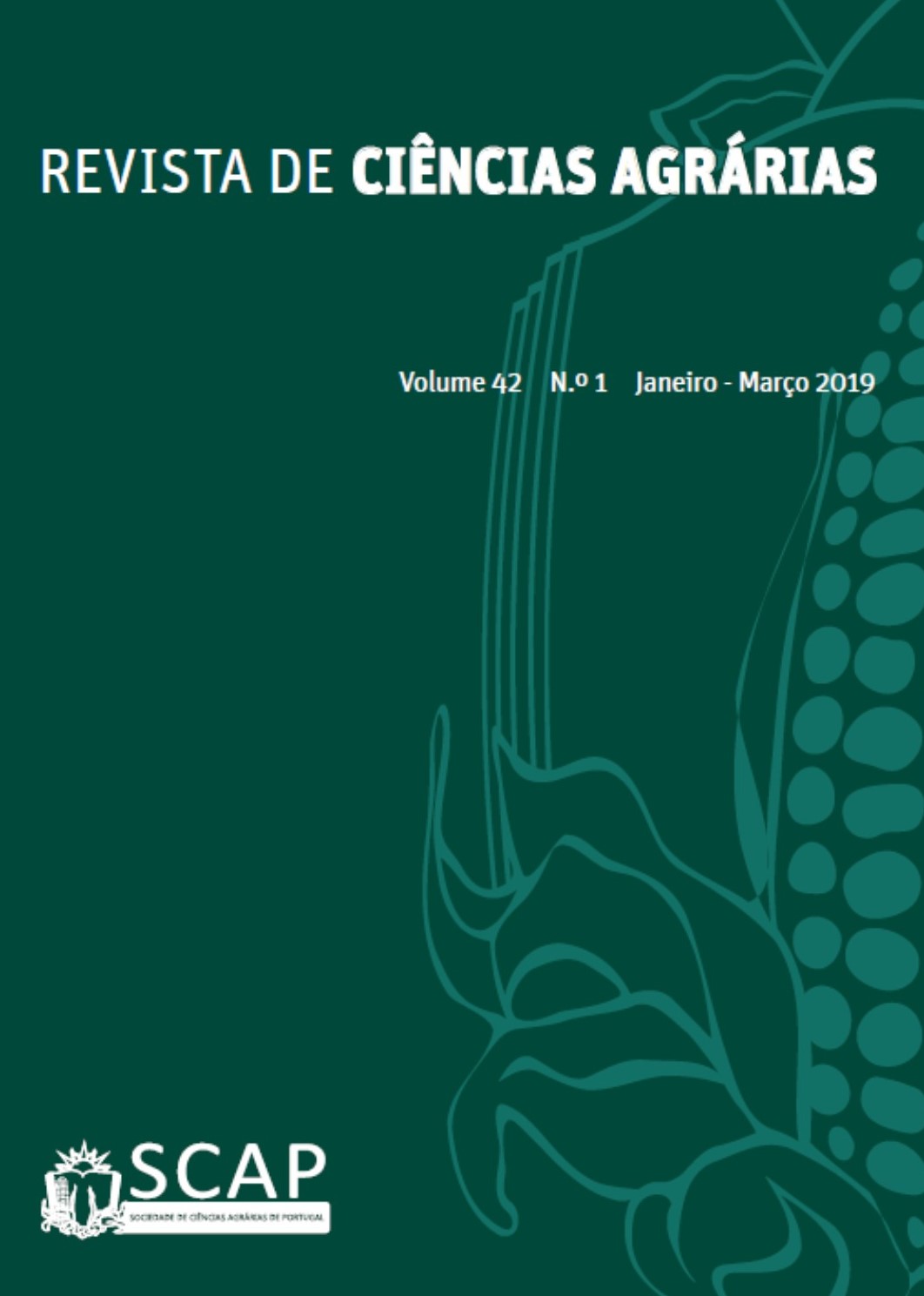Azospirillum brasilense and natural reactive phosphate in the establishment of tropical forage
DOI:
https://doi.org/10.19084/RCA18282Abstract
It was evaluated the morphogenic characteristics of the Capim Tamani (Panicum maximum cv. BRS Tamani) established with seeds either inoculated or not with Azospirillum brasilense as a function of phosphate sources (triple superphosphate and bayovar natural reactive phosphate) and increasing doses of nitrogen (0, 75, 150, 300 and 600 kg ha-1) in a completely randomized design, organized in a 2 x 2 x 5 factorial scheme with 4 replications. The inoculation with Azospirillum brasilense promoted an improvement in the use of phosphate fertilizers, reducing the amplitude of responses between them. However, the best performance was observed with the source of higher solubility (triple superphosphate)
associated with higher levels of nitrogen fertilization.


